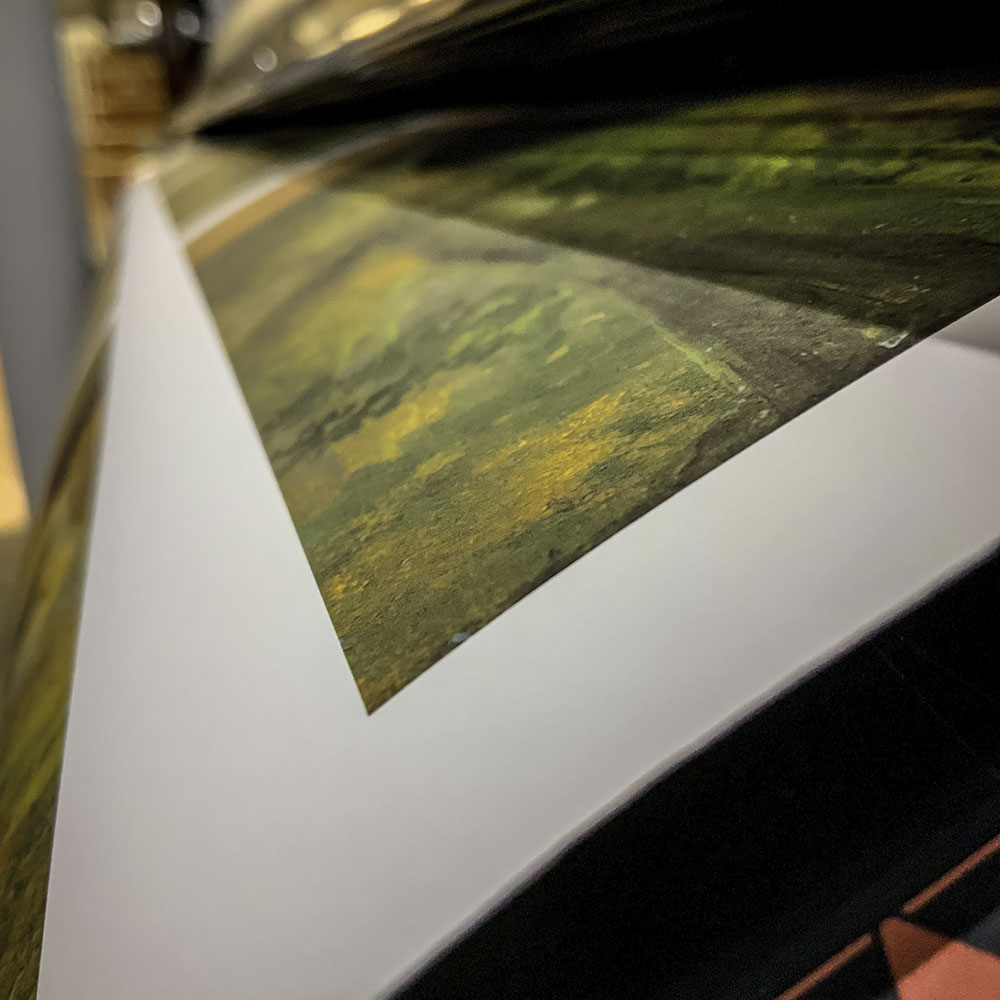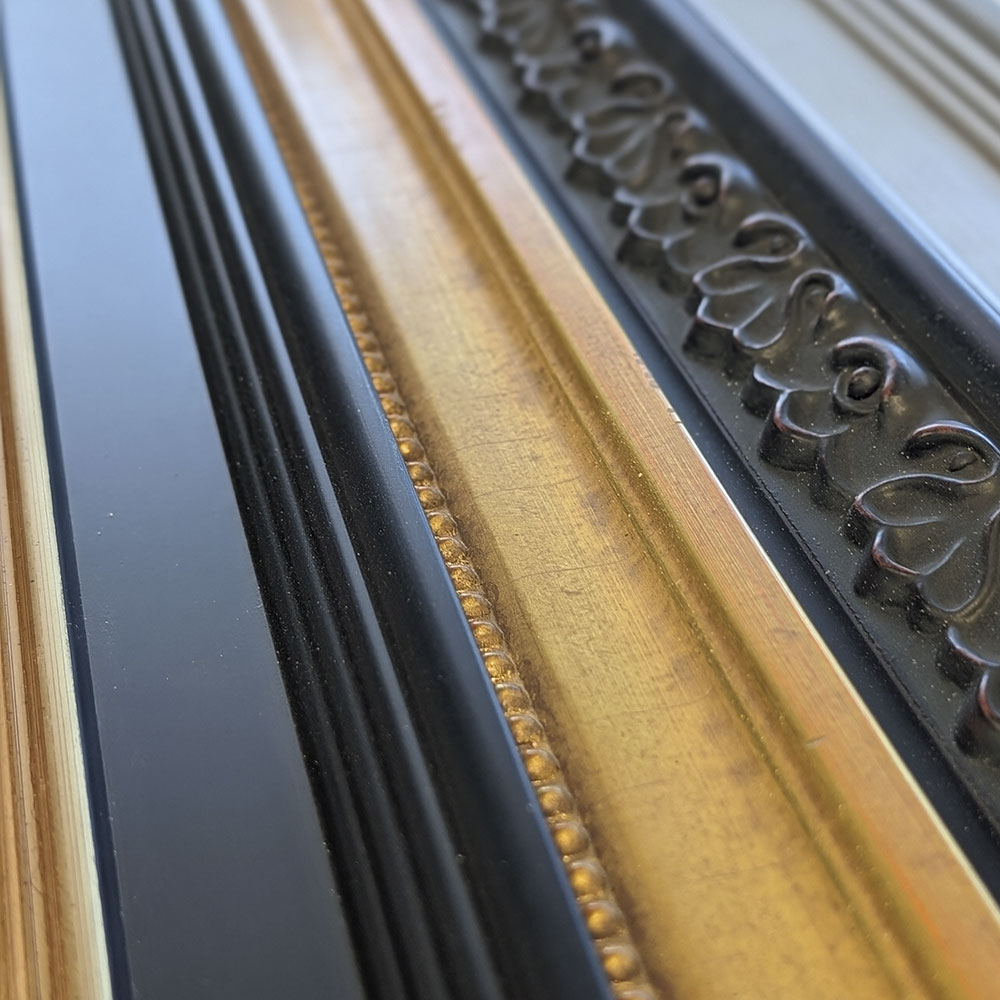Henri de Toulouse-Lautrec (French, 1864–1901), Moulin Rouge: La Goulue, 1891. Color lithograph, sheet: 76 7/16 × 48 in. (194.15 × 121.92 cm). Milwaukee Art Museum, Gift of Mrs. Harry Lynde Bradley. M1977.47.
Poster advertising a performance at the dance hall Moulin Rouge
This masterful image was Toulouse-Lautrec’s first poster and, in fact, the very first lithograph he executed. An estimated 1,000–3,000 impressions of his poster hit the streets in January 1891 and made him an overnight success. It marked a strong departure from Chéret’s lighthearted and carefree scenes. Unlike Chéret, whose design for the inaugural poster for the opening of the Moulin Rouge dance hall in 1889 featured gay chérettes astride donkeys, Lautrec focused on the notorious cancan sensation La Goulue (the Glutton) and her dance partner, Valentin le Désossé (Valentin the Boneless). His composition is full of visual tricks and sexual innuendo, from La Goulue’s raised petticoats to Valentin’s suggestively erect thumb. Eschewing Chéret’s gaiety, Lautrec instead evoked the seamier side of the establishment: the Moulin Rouge where aristocrats, pimps, streetwalkers, bourgeois and aristocratic gentlemen, and proletarian workers (all depicted as a row of shadows in the background rubbed elbows and jostled for the best position near the dance floor.
Lautrec’s poster was so large that it required three sheets of joined paper. Many of the surviving Moulin Rouge—La Goulue posters have just the bottom two sheets of paper and lack the smaller third sheet at the top, perhaps because collectors discarded them or dealers sold the poster with only the bottom two sheets. Such is the case with this impression; a modern facsimile of the top strip was added in the twentieth century to complete the composition.
Exhibition label, Posters of Paris: Toulouse-Lautrec and His Contemporaries, Baker/Rowland Galleries, June 1–September 9, 2012. Written by Mary Weaver Chapin, Associate Curator of Prints and Drawings.



